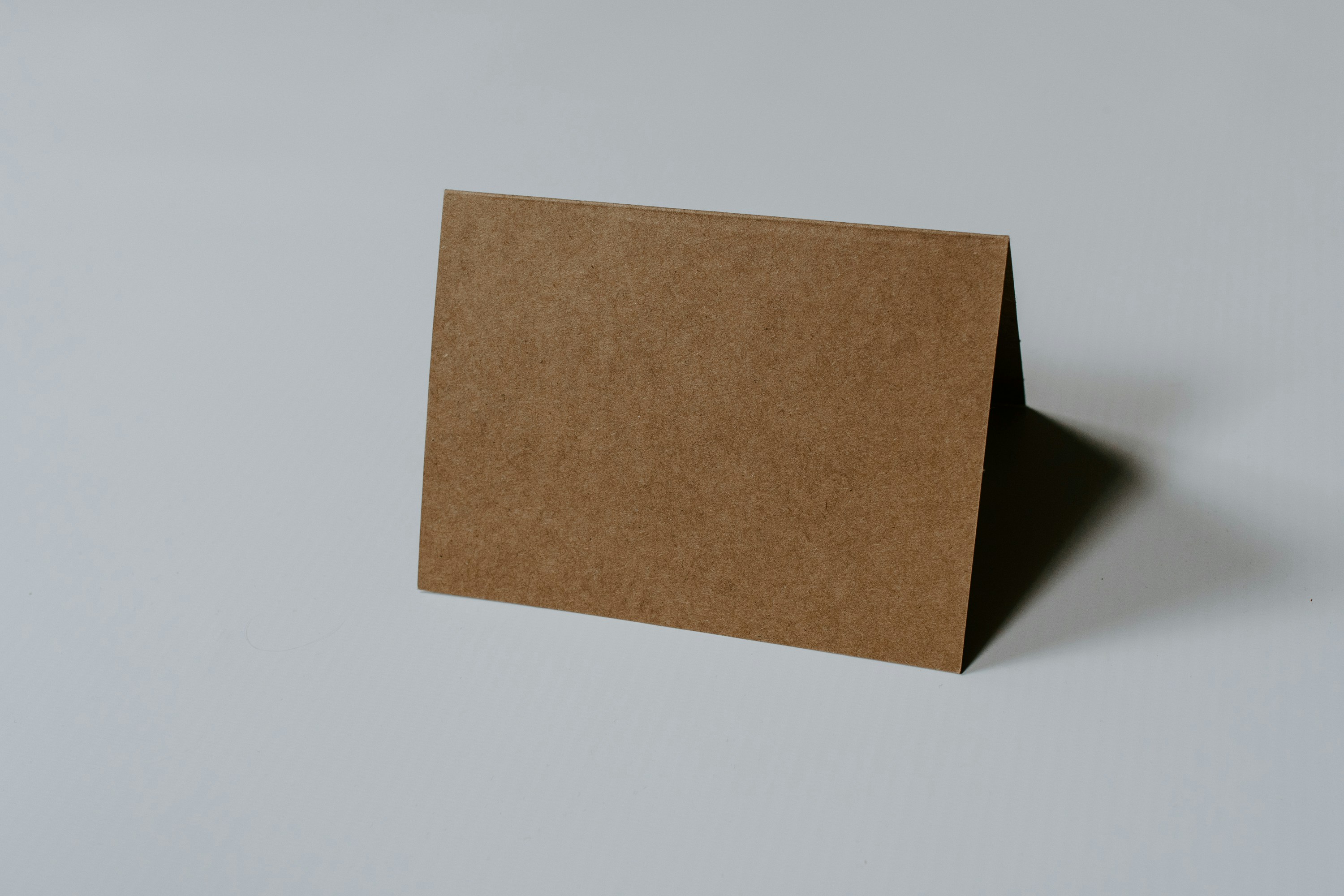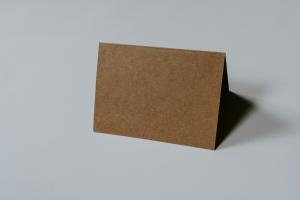Currently, the famous snack packets raft has become a hot topic online. Three university students made a raft with 160 snack packets and crossed the Han river by boat. They held the event to bring attention to the fact that Korean snack companies use exaggerated packaging for their products.
These days, snack prices are rising, while the product size is decreasing. Those snacks that have similar quantity to or even less than the packaged nitrogen, are called ‘nitrogensnacks’. Goods with excessive or high nitrogen content contain anywhere from 69% to 83%. This leads consumers to joke, “We buy nitrogen
and get a snack as a bonus.”
No customers are interested in exaggerated packaging, so boycott of products ensued. The Dankook Herald (DKH) looked into the problem of excessive packaging. Research has proven, the snacks with the most nitrogen (83%) are ‘Market O Brownie’, produced by the well known company ‘Orion’. ‘Hai-Tai
Confectionery and Foods’ said,
“The cookies are wrapped up with nitrogen. These days, articles reported as snacks all contain exaggerated packaging. We see this as the correct form of packaging.”
In 2008, ‘Pokachip’, made with potatoes, was 56g, but today it is 60g, 4g has increase. The price of chips has increased as well due to the increase in use of raw materials and not excessive packaging. The same goes for the product ‘Sunchips’.
It is true that consumers believed ‘Pokachip’ and ‘Sunchips’, both had exaggerated
nitrogen packaging, however the problem wasn’t as serious when calculating the amount of relative Kcalories. There was no problem in terms of reduced product but it was rather a trick of the consumer’s eye.
Consumers believe that food companies are increasing the weight of snacks by filling the product packaging with nitrogen rather than more of the actual snack. If the product is filled with more nitrogen, consumers are led to believe the larger volume of product is good value for money and in turn they purchase
the snack. It is important to note that the weight of nitrogen is included in the total weight of the snack, however the proportion of wrapping to a product is mandated by law.
According to current regulations set by the Ministry of Environment, packaging materials of a product must meet the standards for packaging method, “The proportion of space mandated for wrapping a cake or snack is less than 35%, while for a bakery item it is 20% or less, and a drink or alcohol cannot have more than 10% of empty space.” Companies that violate these provisions are punished severely. We do not need to fear their turning up the nitrogen in our snack packaging.
However, the story doesn’t end here. Crown, an infamous company that produces the confectionery snack ‘Crown Wafers’ found itself in hot water over food-poisoning. The bacteria Staphylococcus aureus, which induces vomiting, diarrhea, and stomachaches eventually leading to death, was found in their products. This further angered the already fed up snacking consumers. DKH asked ‘Crown Confectionery’ about the problem and were told, “We disposed of all the products that were impacted by the problem” They had no further comment.
Now consumers are looking overseas to satisfy their snacking needs. Products are much cheaper than those found in Korea and have a greater quantity. Consumers who are familiar with foreign snacks have other problems. They noted that when a product is made in Korea, they have less quantity than their overseas counterpart. One such example comes from the company Hai-Tai who produces the snack ‘Matdongsan’ for a 1,000 won lower price abroad, while it contains 95g more of the actual snack.
After examination, it’s obvious that consumers are no longer keen to buy snacks locally. When companies raised their prices by 10% last September, their profit decreased. Our confectionery companies are not changing or getting any worse, although consumers continuously comment about these problems from year to year.
It is clear from our investigation that our snacks have many problems. DKH interviewed one of the students who made the ‘snack raft’, Park Hyun-su (master, Dept. of Civil and Environmental Engineering). He talked about the excessive nitrogen packaging.
 |
| ▲ When we buy a snack, we could feel like we bought nitrogen with some snacks. |
“We bought about 160,000 won’s worth of snacks packed with nitrogen. First, we
planned to use 80 packs but with the help of many people, we made a raft using 160 packs. We crossed the river with it. We advertised our project on ‘Youtube’, but it did not draw many hits from the online community. However, on the day we crossed the river, people came out to see our raft. There was a lot of media coverage, too.”
He explained the purpose of the project and how they made the raft. “It’s true that packaging of our snacks excessive. We tried to make the raft with snacks sponsored by people. We don’t expect everything to change at once, but
we do hope to see at least a slow change to the problems of snack packaging. Sudden changes could cause some damages to customers. We should pay attention to these products over the next year or two,” he said as he preferred a
gradual change.
It is a fact that there is a problem with excessive packaging of snacks in Korea. These packages are meant to dazzle consumers, but if there is a problem with bacterial contamination, a food company must actively address the problem so as not to cause physical harm to the consumer.
Prof. Kim Mi-suk (Dept. of Food and Nutrition) said, “Nitrogen is a colorless, tasteless, and odorless gas and is the main component of air. It is used for packaging purely because there is almost no reactivity with snacks. However, if we neglect the hygienic management process of packaging a snack, bacteria will infect the product.”
In addition, as with the case of ‘Matdongsan’, the amount of actual snacks in a given package sold abroad should not differ with those identical products sold in Korea. Of course, a price difference is acceptable and to be expected as input prices are expected to vary between nations selling the products. In these cases, consumers should be aware of the reasons for the differences so that they can make informed purchases. Recently, the number of students complaining about the problems of snack packaging such as Park Hyun-su, has been gradually
increasing. Those students, as well as concerned consumers, need to make the time to pay attention to the problems of excessive snack packaging.
이익수,박운태,이지선 dkherald@hotmail.com

 Vote for the Campus Brand Naming!
Vote for the Campus Brand Naming!

![[Campus Magnifier] Let's Surf the Library!](/news/thumbnail/202404/12496_1765_4143_v150.jpg)




